“Survivor” as inspiration for Jewish programming?
It seems strange that the divisive show where deceit, backstabbing and empty promises are de rigueur would serve as the inspiration for a Shabbaton that stresses the importance of religious and cultural continuity. Yet Sephardic Tradition and Recreation (STAR) has seized on this pop culture phenomenon and infused it with a positive spin.
STARvivor 2, STAR’s follow-up to its popular STARvivor Shabbaton, is set for Dec. 7-9 at Gindling Hilltop Camp in Malibu. The first STARvivor, held last April in Malibu, separated 20 teens into three tribes — Issachar, Levi and Judah — complete with their own tribal banners. After Shabbat, the tribes squared off in timed, Jewish-themed competitions: in one, the tribes squeezed juice from grapes into a cup and then recited the “Kiddush,” while another had them build a makeshift home in order to affix a mezuzah.
“You’re basically competing with MTV,” said STAR Media Director Abraham Raphael, 29, who developed the Shabbaton idea. “You want to make sure that whatever you do is going to be sophisticated and exciting.”
Locally, there have been few, if any, events geared toward Sephardic youth outside of synagogues. As a result, many Sephardic teens end up choosing between assimilation or participation in an established system of programs steeped in Ashkenazic traditions.
While there has never been a formal Sephardic population study in Los Angeles, rough estimates by Sephardic organizations place the number somewhere between 75,000 and 150,000, and most agree that the population is dwindling.
“You see a desperation among parents who want to get their kids involved,” Raphael said.
It’s this growing assimilation and loss of Sephardic culture that prompted philanthropist Hyman Jebb Levy to found STAR in 1998. The organization reaches out to students, from elementary to senior high school, with year-round social and recreational programming that emphasizes Sephardic community involvement, the preservation of traditions, and a pride and love for Israel.
“We try to incorporate something in the ritualistic aspect of Judaism, always in the Sephardic minhag [custom],” said Rabbi Brad Schachter, 31, STAR’s executive director. “Whatever it may be, this is how the Sephardim do it.”
Taking another cue from “Survivor,” campers were also videotaped during competitions and at tribal council, where each tribe selected one person to give an impromptu speech about Jewish survival. The resulting footage fueled parents’ demand for a second STARvivor.
“When people saw what we did, they said ‘I want my kids on that. I didn’t realize it was going to be that good.’ Now it’s on to round two,” Raphael said.
During next week’s STARvivor 2, the campers will be separated into four tribes — Simon, Levi, Judah and Issachar — and face all new competitions.
Thankfully, the similarities between the Shabbaton and the television series end when it comes to food. STARvivor 2 will serve authentic kosher Sephardic cuisine, whereas “Survivor” contestants have had to consume such Third World delicacies as grubs, rats and cow’s blood.
STARvivor also differs from other Shabbatons in that it has set a cap at 40 students.
“If you have too many kids it becomes impersonal,” Schachter said.
Danit Namvar, 14, said STAR won over both her and her friends during the Shabbaton by giving the campers a voice.
“At other camps they lecture you, but with STARvivor we get to do fun activities and talk about issues. The people who didn’t go heard how much fun it was, and now they want to go,” Namvar said.
Schachter, who is Ashkenazi, said he welcomes the opportunity to reach out to kids and is more than comfortable working with Sephardim. During a seven-year stint in Israel, Schachter spent four years living in the Old City, where he often sought out Sephardic minyanim.
“Even though I’m not a Sephardi, I feel very connected to their heritage, their history and their passion for Judaism,” said Schachter.
“As far as the customs, I’m learning more and more every day,” he said. “That’s what we’re trying to get across, teaching [Sephardi] their own customs that unfortunately have been lost over the generations.”
Despite STAR’s plethora of entertaining activities, it isn’t always fun and games. In March 2000, Levy’s daughter passed away following a battle with cancer. STAR took 30 Talmud Torah students from Sephardic Temple Tifereth Israel in Westwood to visit with Levy as he sat shiva. The sight of the students brought tears to Levy’s eyes.
“We brought them in, and they saw the Sephardic traditions of mourning,” Schachter said. “This was an opportunity to teach them.”
For more information about STARvivor 2, call (818)
782-7359, or visit www.lastar.org .







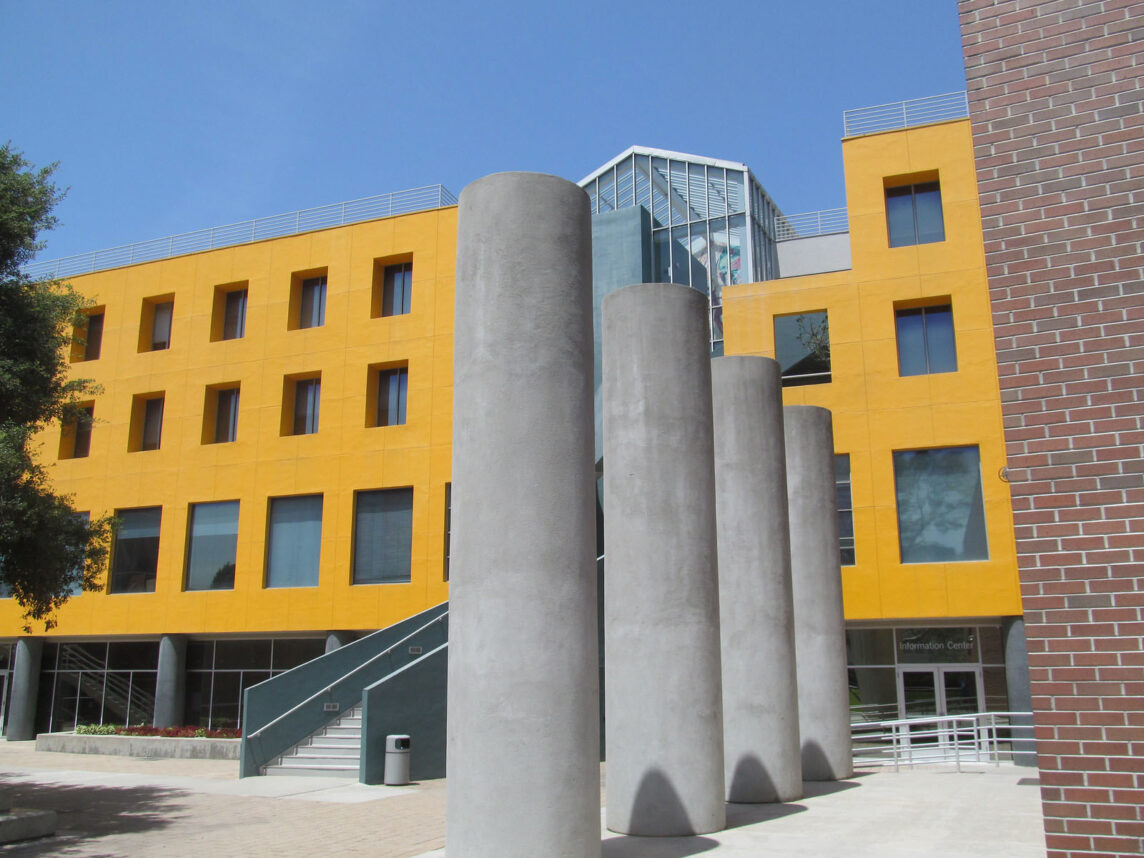
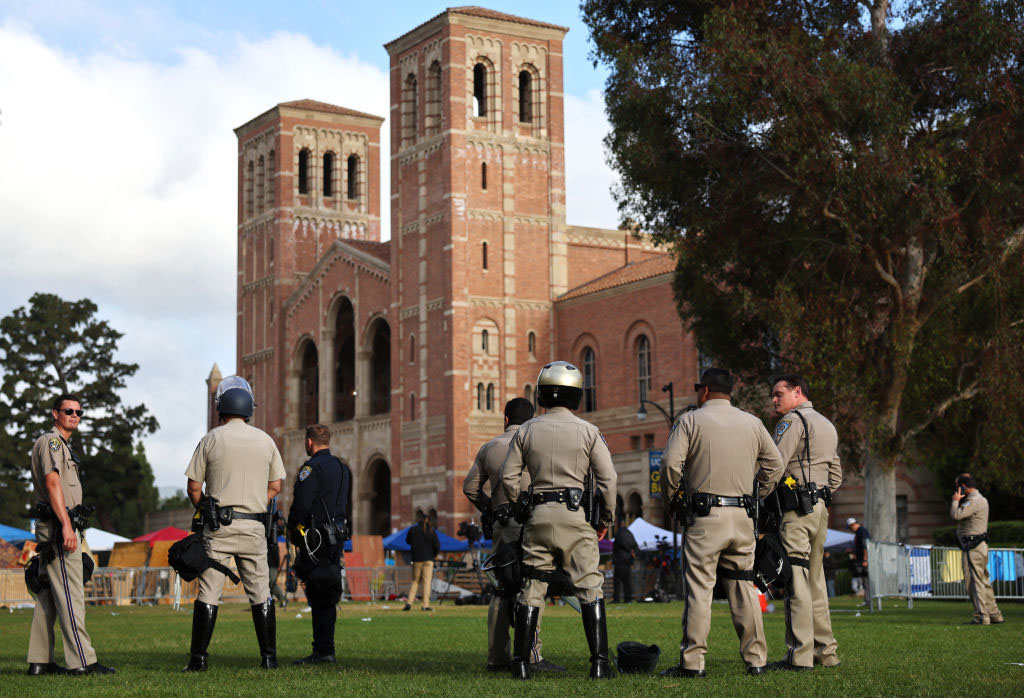
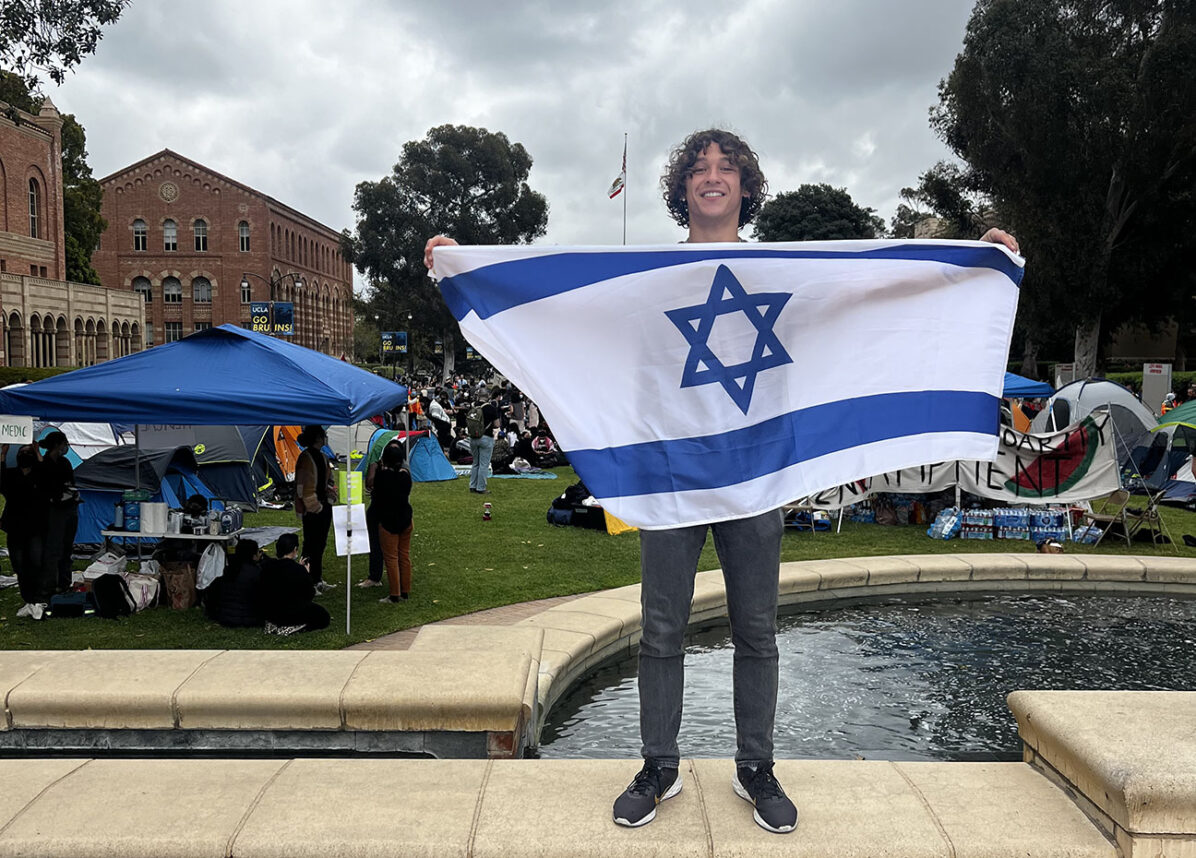

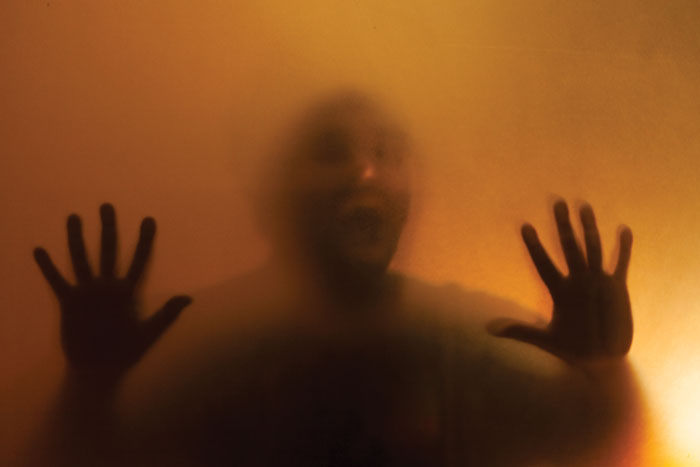
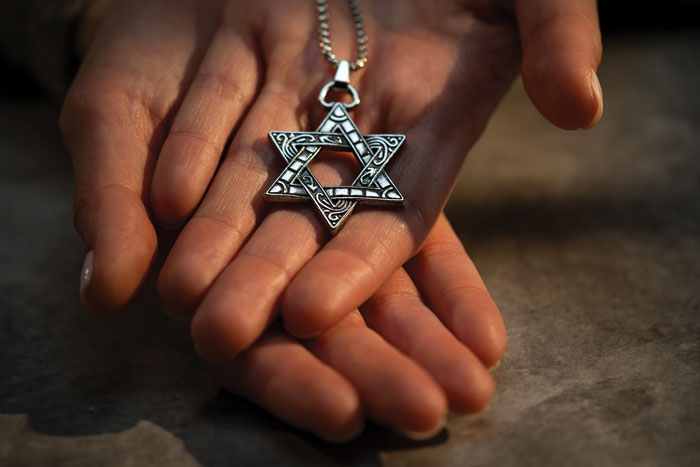

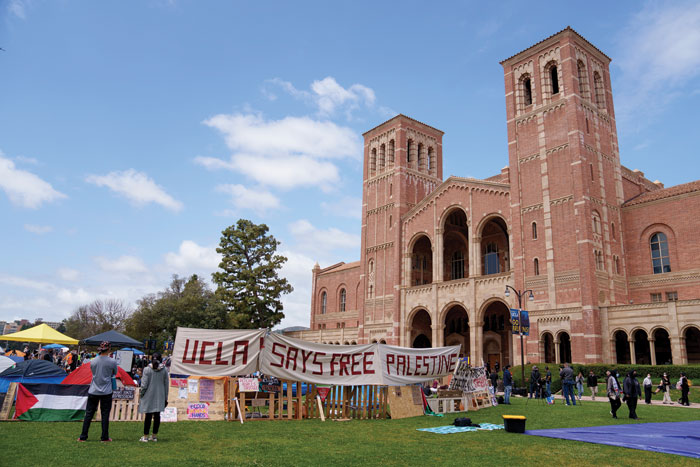







 More news and opinions than at a Shabbat dinner, right in your inbox.
More news and opinions than at a Shabbat dinner, right in your inbox.